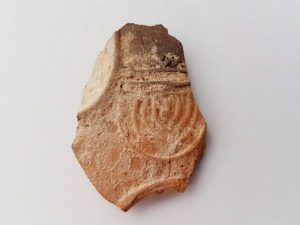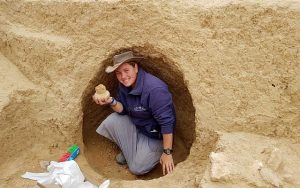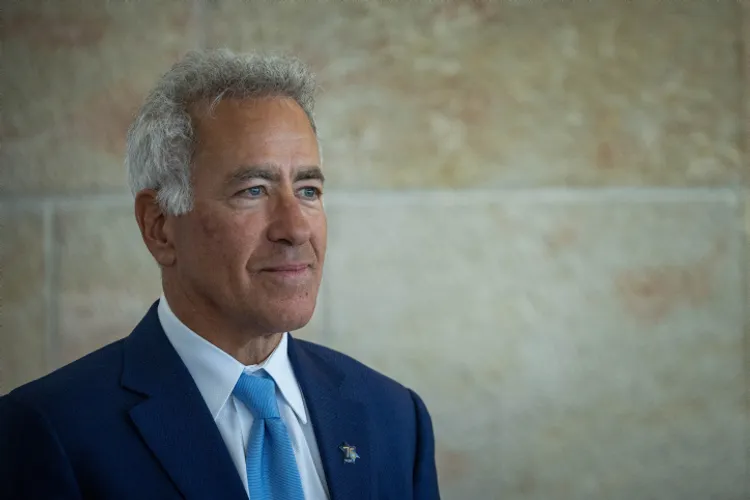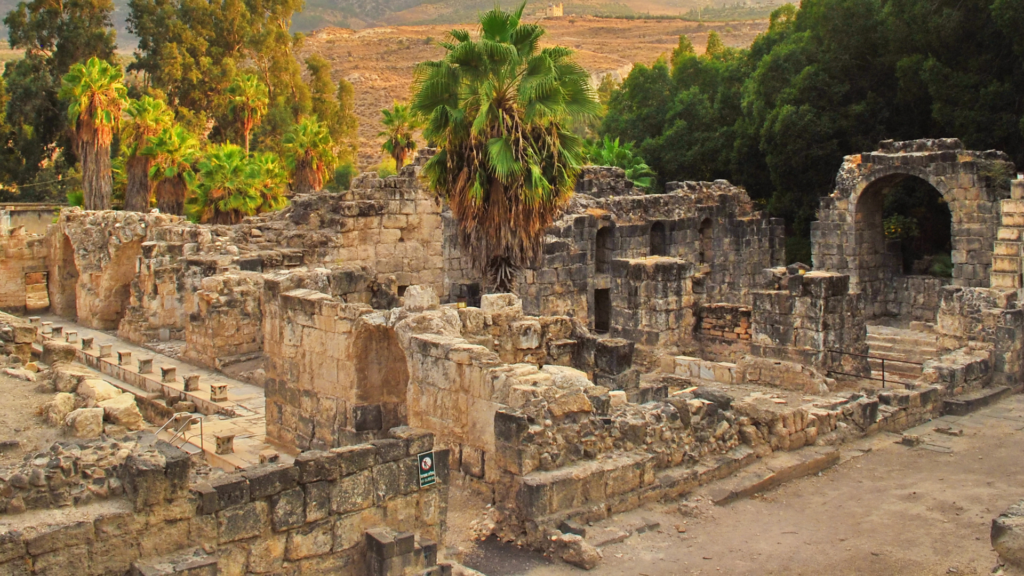
Ancient Jewish Settlement Unearthed in Beer-Sheva
Ancient Jewish Settlement Unearthed in Beer-Sheva
April 4, 2019
The Times of Israel — The Israel Antiquities Authority (IAA) and Ben-Gurion University of the Negev (BGU) discovered the first-ever archaeological evidence of a rare well-preserved Jewish settlement in Beer-Sheva from the Second Temple period.
Unearthed on the southernmost border of Judea next to a road that led from Beer-Sheva to the southern coastal plain, the two-dunam (half-acre) site’s finds indicate a continuation of Jewish religious practice on the edges of the kingdom. Findings include ritual baths, stone vessels associated with laws of purity, an abundance of pottery, and lamps decorated with typical Jewish themes such as grape leaves. Also uncovered were olive and date pits, baking facilities and 40 coins.
Despite being on the fringes of Judea, the settlement was not free of the turmoil experienced throughout the Roman-occupied Holy Land during this era. “Signs of a conflagration discovered in some of the structures evince a crisis that the settlement experienced, probably that of the First Jewish Revolt in c. 70 C.E.,” says lead excavator Dr. Peter Fabian of BGU’s Department of Bible, Archaeology and the Ancient Near East.
Among the artifacts uncovered at this important site is a shard from an oil lamp depicting a nine-stemmed menorah. According to IAA archaeologist Dr. Daniel Varga, “This is probably one of the earliest artistic depictions of a nine-branched menorah yet discovered.”
Archaeologists from IAA and BGU, along with pre-military academy participants who volunteered, began the dig in the summer for one month and restarted in January. It will conclude at the end of next week, after which time it will likely be backfilled.
“There is still a tiny bit of hope that it won’t be refilled,” says Dr. Shira Bloch, IAA archaeologist and site manager. Only the excavated watchtower is currently slated for conservation.
According to Bloch, the first part of the excavation yielded few results. However, after the team dug down approximately two meters, it reached a plethora of finds. With the clock ticking, there is still a lot that could be done, she says, as researchers continue to puzzle over the people and purpose of the site.






